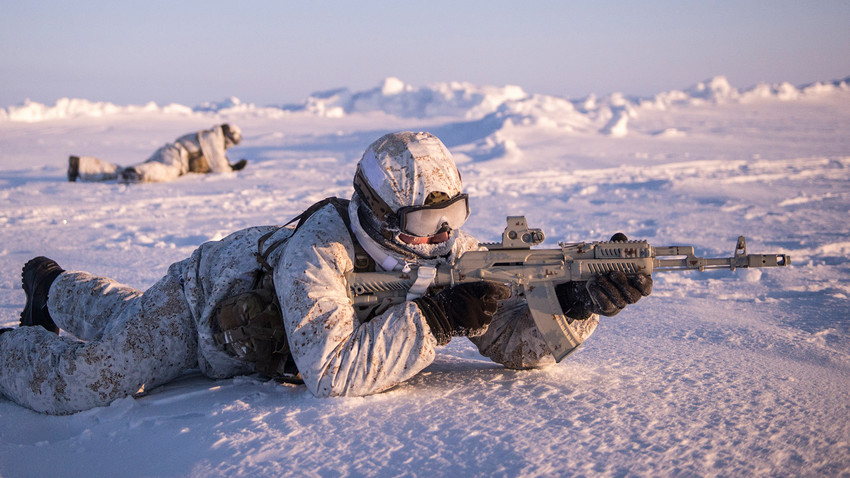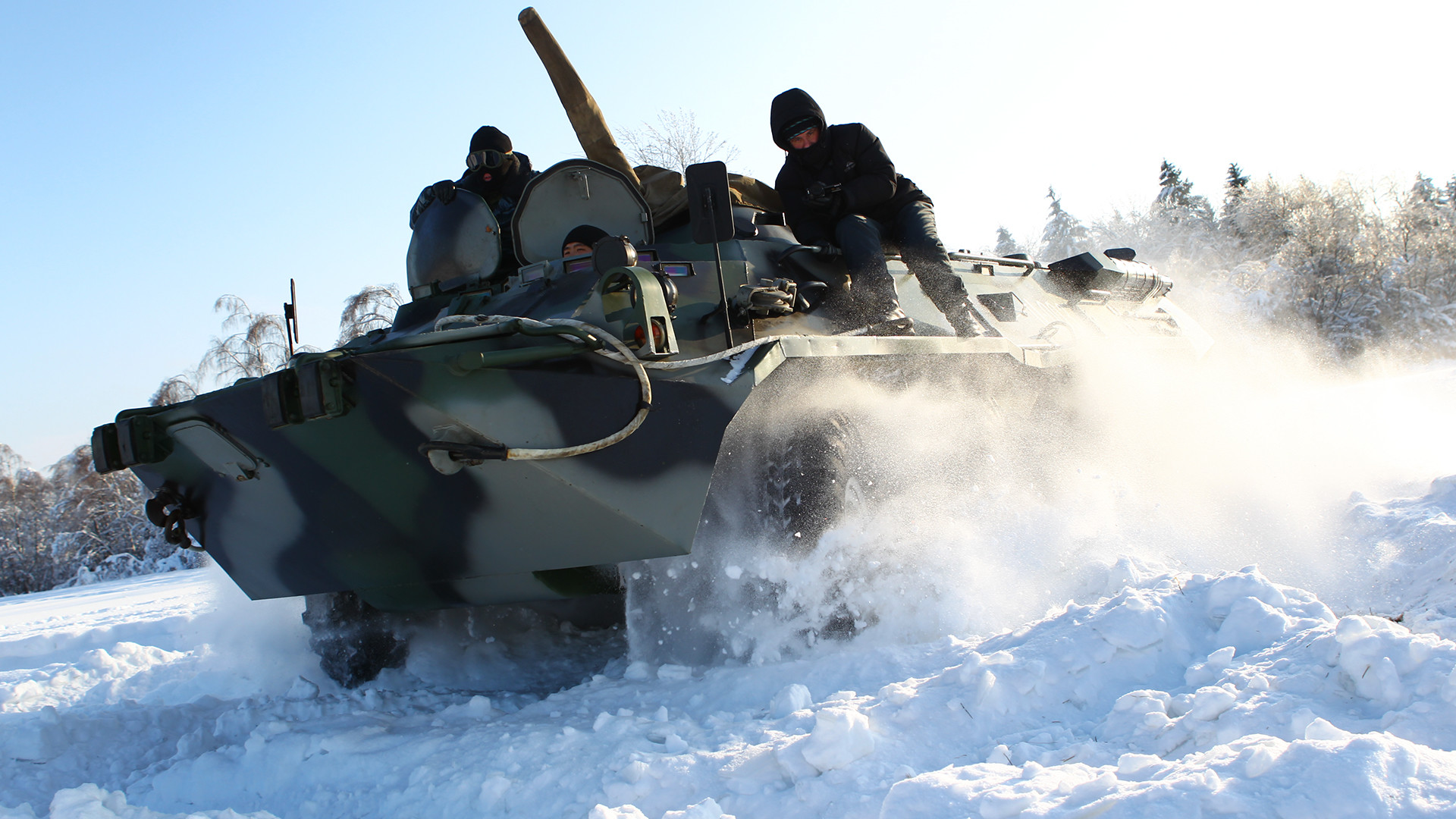How Russia tests weapons for desert, Arctic and tropic weather conditions

If a weapons manufacturer wants its creation to be adopted by the Russian army, it sends it to a testing facility in the Moscow suburbs for 80 consecutive “torture” tests. These trials are created to check weapons’ reliability, firepower, accuracy, ergonomics and various other aspects, in order to find out whether or not the weapon’s suited for ruthless and unpredictable real-life battle conditions.
“These tests were created right after World War II, when Soviet weapon systems had to overcome serious hardships. All prospective firearms had to become more rigid and resistant to dirt, water, fire, cold and long-term contaminations,” says Ilya Davidov, chief of TSNIITOCHMASH’s testing facility.
According to him, the tests engineers conduct at the facility are the toughest in the world.
“Only Russian light armored vehicles have to cross rivers, swamps and sand hills at the same time, without changing the chassis or other essential parts. Not to mention that we are the only ones who create floating tanks that shoot enemies on their way across the river,” claims the expert.
Climate tests

Most of the tests conducted at the facility are classified as “secret”. Yet, some of them can be revealed and were eye-witnessed by Russia Beyond’s film crew.
According to the facility’s engineers, the toughest trials a weapon can be put through is a consecutive test of heat, sand, water and extreme cold.
Let’s take a look at the testing of the classic AK-74M - the primary Russian assault rifle that’s been in service for the last 50 years. Prior to its adoption by the army, its prototype was consecutively put through these tests.
At first, a rifle is placed into an oven-like enclosure where its metal is heated up to +60 degrees Celsius. Right after that, engineers give a weapon a couple of minutes break and then seal it in a chamber that imitates Sahara desert storms with an engineer. The man fires shot after shot while small particles of sand clog into the weapons mechanisms and its most sensitive parts.
After that (if a weapon is still operational), the man takes this dusty rifle to the “tropical rain” chamber. In this place, all the small particles of sand liquefy and turn into viscous pieces of dirt that could prevent all moving parts of a rifle from working.
If a weapon gets an ‘A’ grade and “survives” this trial, the engineer places it in something like a huge refrigerator. Here, the rifle, with all its currently wet, dirty parts, freezes in -60 degrees Celsius temperatures.
“Only if a weapon successfully passes all these operational trials do we take it to the next stages, where we have to see whether or not it’s suitable for soldiers and powerful enough to penetrate modern and prospective armor sets,” concludes Davidov.
If using any of Russia Beyond's content, partly or in full, always provide an active hyperlink to the original material.
Subscribe
to our newsletter!
Get the week's best stories straight to your inbox